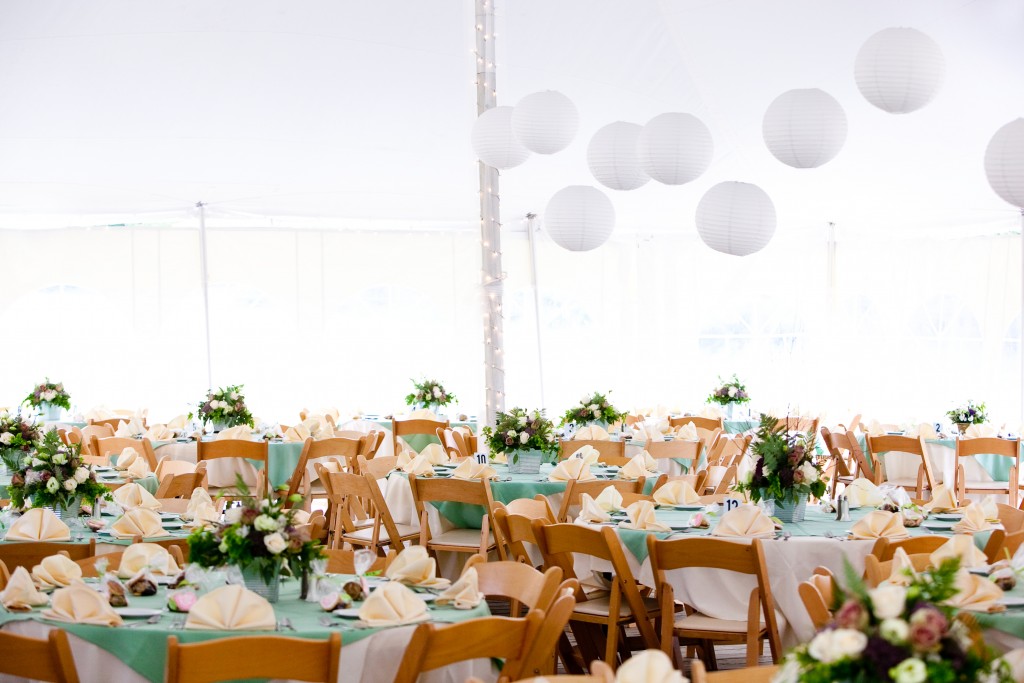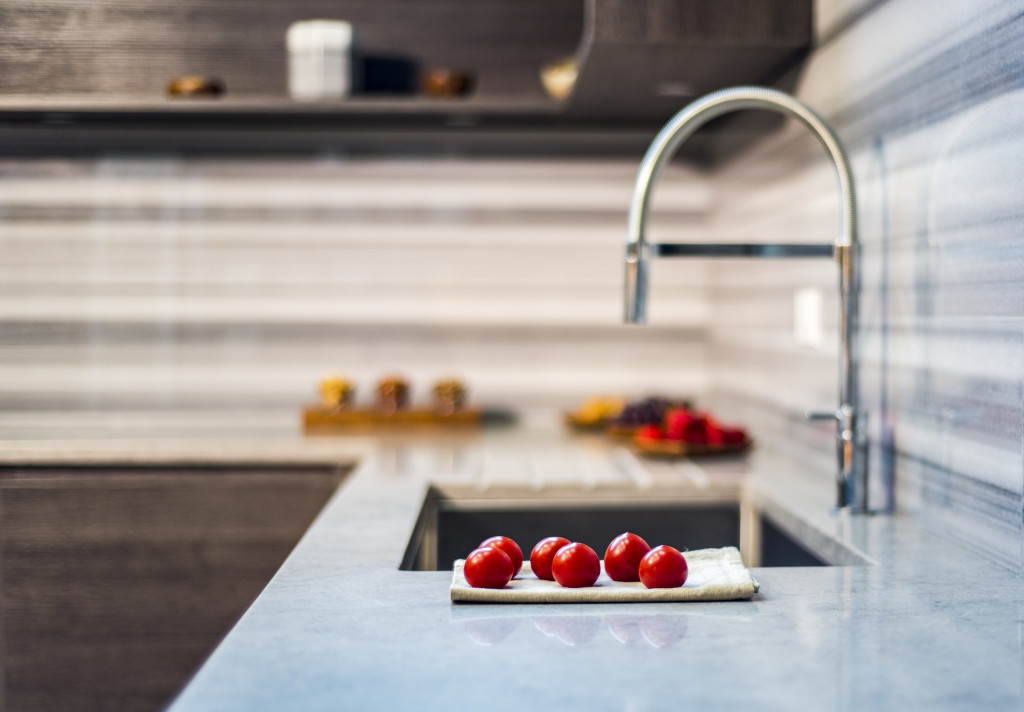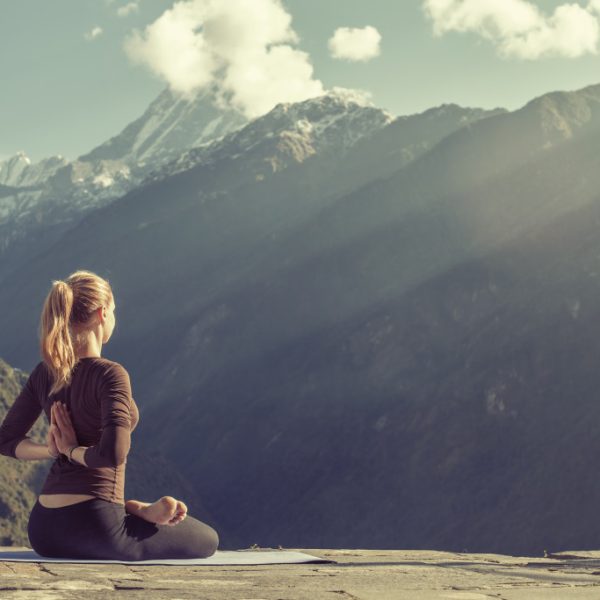Using plaster as a creative medium on canvas has seen a significant upsurge in recent years. Artists are increasingly drawn to its unique textural qualities, the way it holds light and the dimension it adds to a flat canvas. In addition to its aesthetic appeal, plaster art on canvas is also valued for its versatility and accessibility. It can be manipulated to mimic various forms and surfaces, from the rough and jagged edges of a mountain range to the smooth surface of a calm sea, making it a remarkably adaptable medium for artists to express their creative vision. It’s also readily available and affordable, making it an attractive choice for established and emerging artists. Here’s an in-depth look into plaster art and different techniques and ideas on how to do it.
Plaster as a Creative Medium
Before anything else, you must know what plaster is as a creative medium. Here’s what you need to know:
Plaster as a Tactile Material
Plaster is a highly tactile material that offers artists a unique sensory experience during their creative process. Its versatility allows artists to manipulate it into various shapes, textures, and forms.
With its capacity to harden and hold a particular form, plaster opens up a world of possibilities for artistic expression, from creating high-relief work to subtle, intricate details. Moreover, when mixed with water, its smooth, malleable nature makes it a delight to work with, providing a hands-on experience that many artists find deeply satisfying. Whether molding it into a standalone sculpture or using it to add texture and dimension to a canvas, plaster provides a touch-friendly, versatile medium for creative exploration.
Historical Context: Plaster in Art
Artists have been drawn to plaster for centuries, exploiting its unique properties to create mesmerizing works of art. Early civilizations, including the Egyptians and the Greeks, used plaster for architectural ornamentation, creating intricate designs that have stood the test of time. During the Renaissance period, renowned artists like Michelangelo harnessed the versatility of plaster to create detailed preparatory models for sculptural works, such as the famed statue of David.
In the 20th century, plaster experienced a resurgence in popularity as modern artists began to appreciate its textural possibilities and ease of use. Artists like George Segal exploited plaster’s potential in creating lifelike figures and scenes, pioneering a new form of installation art. His sculptures, made by casting plaster bandages around live models, captured everyday moments with a raw and poignant immediacy.
Today, artists continue experimenting with plaster, pushing the boundaries of what can be achieved with this versatile material. From delicate bas-reliefs to bold, textured abstract works, plaster inspires and captivates, a testament to its enduring appeal in the artistic realm.
Preparing Your Canvas and Materials
Now that you know how special plaster is as a medium, here’s how to incorporate it into your artwork.
Essential Materials
First, you’ll need to gather the necessary materials for plaster art. Plaster art on canvas requires a robust canvas made of either wood or metal. You’ll also need plaster powder, a mixing container, water, and a measuring cup. Additionally, you can use tools such as spatulas, brushes, and sponges to manipulate the plaster on your canvas.
Priming Your Canvas
Follow these steps to prepare your canvas for plaster application:
- Clean the Canvas: Before you start, ensure your canvas is clean. Remove any dust or debris from the canvas, as these can interfere with the plaster’s adhesion.
- Apply a Base Coat: Apply a base coat to the canvas. Use acrylic gesso, which helps the plaster stick better to the canvas. Apply a generous, even layer using a large brush, and allow it to dry completely.
- Sand the Surface (optional): Lightly sand the dried gesso layer using fine-grit sandpaper for a smoother surface. This step is optional and depends on the texture you want for your artwork. Remember to wipe away any dust after sanding.
- Apply a Second Coat: Apply a second coat of gesso to strengthen the base and allow it to dry completely. The canvas is now primed and ready for plaster.
Plaster Painting Techniques
Now that your canvas is ready, it’s time to explore different techniques for creating stunning plaster paintings. Here are some:
A. Bas-Relief Techniques
Bas-relief, a technique as old as humankind, involves creating a low to moderate projection from a flat surface. Here’s how to use this technique in your plaster art:
- Sketch Your Design: Start by sketching your design onto the canvas. This will serve as your guide when you begin working with the plaster.
- Mix the Plaster: Prepare a batch of plaster according to the package instructions. Aim for a thick but spreadable mixture.
- Apply the Plaster: Using a spatula or palette knife, apply the plaster onto your canvas, following your sketch. Start with a thin layer and gradually build up the application to achieve your desired depth and dimension.
- Carve Your Design: Once the plaster is slightly set but still soft, you can start carving your design using sculpting tools. Remember that bas-relief is about subtlety and gentle gradation, not dramatic depth or high contrasts.
- Polish and Finish: After thoroughly drying the plaster, you can sand the surface to smooth any rough edges. Finally, seal the plaster with a clear, matte sealant to protect it.
Remember, bas-relief is all about subtlety and creating a design that emerges organically from the canvas. With patience and practice, you can create stunning bas-relief works using plaster.
B. Textured Backgrounds
Creating textured backgrounds with plaster can add depth and interest to your artwork. This technique lets you bring a unique tactile quality to your canvas, making your artwork more engaging and visually appealing. Here’s how to create a textured background with plaster:
- Prepare the Plaster: Mix your plaster as previously instructed, ensuring the consistency is thick but spreadable. You might prefer a slightly thicker mix for textured backgrounds to achieve pronounced textures.
- Apply the Plaster: Using a palette knife or spatula spread the plaster over your entire canvas. Don’t worry about making it perfectly smooth; the goal is to create an organic, textured surface.
- Create Your Textures: While the plaster is still wet, create your textures. To create interesting imprints, you can press objects into the plaster, such as bubble wrap, lace, or leaves. Alternatively, you can manipulate the plaster using a range of tools such as combs, forks, or brushes to create a variety of textures. Don’t be afraid to experiment and let your creativity flow.
- Let it Dry: Allow the plaster to dry completely. Depending on the thickness of your application and the conditions of your working environment, this can take anywhere from a few hours to a couple of days.
- Paint Over the Texture (optional): Once your textured background is dry, you can paint over it with acrylic or oil paints. This can accentuate the texture and add more depth and color to your artwork.
- Seal the Plaster: Finally, seal your plaster with a clear, matte sealant to protect it from moisture and dust.
Creating textured backgrounds using plaster can bring a new dimension to your artwork, allowing you to create stunning visual effects that capture the viewer’s attention. It’s a simple technique, but you can create incredibly complex and beautiful textures with practice.
C. Impasto Effects
Impasto is a captivating painting technique that involves applying paint to the surface with remarkable thickness. This method showcases visible brush or painting-knife strokes, adding depth and texture to the artwork.When dry, impasto provides texture and adds a three-dimensional aspect to your artwork. Plaster can mimic this style, adding depth and texture to your work without needing heavy layers of paint. Here’s how you can create an impasto effect with plaster:
- Prepare the Plaster: Start by mixing your plaster as advised before. Aim for a thick consistency that can hold its shape when applied with a knife or brush for an impasto effect.
- Apply the Plaster: With your palette knife or a flat brush, apply a thick layer of plaster onto the canvas. Do not spread it thin; instead, leave it thick and textured. Your palette knife or brush strokes should be visible in the plaster, adding an extra layer of depth to your work.
- Shape the Plaster: While the plaster is still wet, use your tools to create different textures and shapes, mimicking the effects of thickly applied paint. You can use sweeping strokes, dabs, or swirls, depending on the effect you want to achieve.
- Dry and Paint: Allow the plaster to dry completely. This could take a few hours to a day, depending on the thickness of your application. Once dry, you can paint over the plaster using acrylic or oil paints. The color will enhance the three-dimensional effect of the plaster.
- Seal the Plaster: To protect the plaster and maintain its texture, finish your artwork by applying a clear, matte sealant.
Using the impasto technique with plaster can create dramatic, bold textures that give your artwork depth and energy. It’s a fantastic way to explore plaster’s tactile and sculptural possibilities, adding a unique and dynamic element to your paintings.
Combining Plaster with Other Media
Plaster can also be combined with other media, which adds an extra dimension to its versatility. Knowing how to do this will make your work unique.
Incorporating plaster with other mediums, such as paints, inks, and even collage elements, can enhance the visual interest of your work, allowing for a compelling interplay of texture, color, and form.
Plaster and Paints
Plaster works wonderfully with both acrylic and oil paints. You can paint directly onto a dried plaster surface, where the porous nature of the plaster allows the paint to adhere well. It’s possible to add color washes for a subtle effect or use thicker paint applications to highlight the texture of the plaster. Experiment with dry brushing to emphasize the texture, or use glazing techniques to build color depth. Remember to seal your work with a clear, non-yellowing varnish to protect the plaster and the paint.
Plaster and Inks
Inks also pair beautifully with plaster. Due to their fluid nature, inks can seep into the textures you’ve created with plaster, highlighting every detail and providing an antiqued or weathered effect. You can apply ink to the plaster and wipe away the excess to accentuate the textures. India ink or alcohol inks offer vibrant, permanent colors that won’t fade. As with paints, remember to seal your work when you’re finished to protect the plaster and ink.
Plaster and Collage Elements
Adding collage elements to your plaster art can create an interesting mixed-media piece. Incorporate these elements while the plaster is still wet, pressing them into the surface so they adhere well. You can use materials like paper, fabric, buttons, beads, or natural elements like leaves or twigs. Once the plaster is dry, paint or ink over these elements to unify the piece and highlight the textures.
By combining plaster with these different media, artists can create captivating multi-dimensional works of art that offer a feast of visual and tactile elements. As always, experimentation is key – so don’t be afraid to try different techniques and media, and most importantly, enjoy the process.
Art Therapy
Lastly, discussing the mental health benefits of doing this kind of art is important. All art forms can be therapeutic, but plaster art, in particular, has unique benefits.
Creativity
Working with plaster in art can be a highly therapeutic experience. The physical act of manipulating plaster engages the artist in a tactile, hands-on, creative process that is calming and absorbing. This immersion in the moment can help reduce stress levels, promote relaxation, and distract from negative thoughts or worries.
Expression
Moreover, plaster art can be a powerful tool for expressing emotions that might be difficult to articulate verbally. The flexibility of plaster as a medium allows for a wide range of expressive possibilities, from the gentle subtlety of a bas-relief to the bold, dramatic textures achieved through impasto techniques. This flexibility can offer a tangible and safe way to externalize complex or overwhelming emotions, aiding in self-expression and emotional processing.
Sense of Accomplishment
Additionally, creating plaster art can instill a sense of accomplishment and self-efficacy. As artists see their vision take form in the plaster, they gain confidence in their ability to create and affect change, which can be empowering and reinforce positive self-perception.
Mindfulness
Lastly, plaster art can facilitate mindfulness and present-moment awareness. The process requires focus and attention to detail, encouraging artists to engage fully with the task. This mindful engagement can help to quiet the mind, reduce anxiety, and foster a sense of well-being.
Plaster is a rich and versatile medium for artistic expression, inviting exploration of various techniques, from bas-relief to textured backgrounds, impasto effects, and mixed media applications. The physicality of working with plaster, the possibilities for creativity, and the tangible results that can be achieved all contribute to its therapeutic potential.
Despite the techniques and approaches outlined above, the beauty of working with plaster on canvas lies in its endless possibilities for experimentation and creativity. Remember that there’s no right or wrong way to create art. It’s your canvas, your rules. Use plaster to transform your ideas into three-dimensional, tangible works of art. Let your imagination guide you, try different textures, combine media, and see what exciting, new effects you can create. Embrace the process and allow yourself to learn from each piece you make. More importantly, have fun with it! After all, the joy of art lies in the journey of creation as much as in the finished piece. The world of plaster on canvas is vast and wonderfully explorative – so dive in, experiment, and unlock your creative potential!




